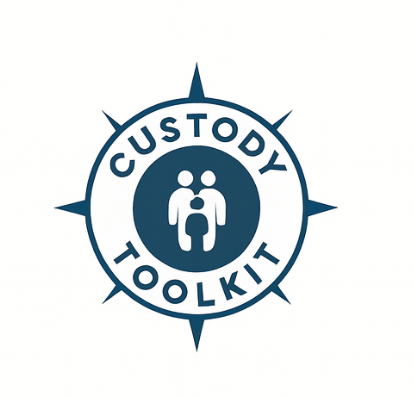Divorce in Wisconsin
Shows three paths: full agreement, partial agreement, and contested
Not ready to file yet? Start with the Divorce Readiness Checklist
Step-by-step Questions to decide if you are ready to file
This page is educational. When you’re ready to prepare your documents, the Wisconsin Filing Packet includes the forms and step-by-step instructions.
The Wisconsin Divorce Roadmap
What happens first, what happens next, and why.
Wisconsin follows a predictable sequence. Each case moves through the same six stages, even though the details can vary.
Step 1: Filing the Summons and Petition
Divorce starts when one spouse files the Summons and Petition with the Clerk of Circuit Court. These documents:
- open the case
- request divorce
- outline initial positions on custody, placement, support, and property
Filing alone does not give anyone temporary rights. Nothing changes legally until the next steps occur.
Step 2: Service of Process
After filing, the other spouse must receive the documents. Wisconsin allows several service methods, including:
- sheriff or process server
- admission of service
- (in limited cases) publication
Service must be completed according to statute for the case to move forward. The 120-day waiting period starts the day service is completed.
Step 3: Temporary Orders
Temporary orders set ground rules while the divorce is pending. They can establish:
- custody and placement schedules
- child support
- who stays in the home
- bill-paying arrangements
- communication expectations
Some families stipulate to temporary terms. Others request a temporary hearing before a court commissioner.
Temporary orders stay in place until final judgment.
Step 4: The Mandatory Waiting Period (120 Days)
Wisconsin requires a 120-day waiting period before a divorce can be finalized. This period begins after service—not filing. During this time, families typically work on:
- exchanging financial information
- parenting plan proposals**
- mediation or negotiation
- preparing required forms
Some cases resolve during this period. Others require additional time
Step 5: Negotiation, Mediation, or Litigation
Most Wisconsin divorces settle without a trial. Common paths include:
- mediation – especially for custody and placement
- direct negotiation between parties
- attorney-assisted negotiation
- court hearings when agreements can’t be reached
If trial becomes necessary, the judge decides remaining disputes based on Wisconsin law and the child’s best interests.
Step 6: Final Hearing and Judgment of Divorce
Once all required documents are submitted—and all issues are resolved—the case moves to a final hearing. In uncontested cases, the hearing is brief. A judge confirms:
- the marriage is irretrievably broken
- the agreements are voluntary and lawful
- required documents are complete
The divorce becomes final that day.
Your Next Step
Now that you understand the process, choose the option that fits where you are today:
When You’re Ready to File—Do It With Confidence
